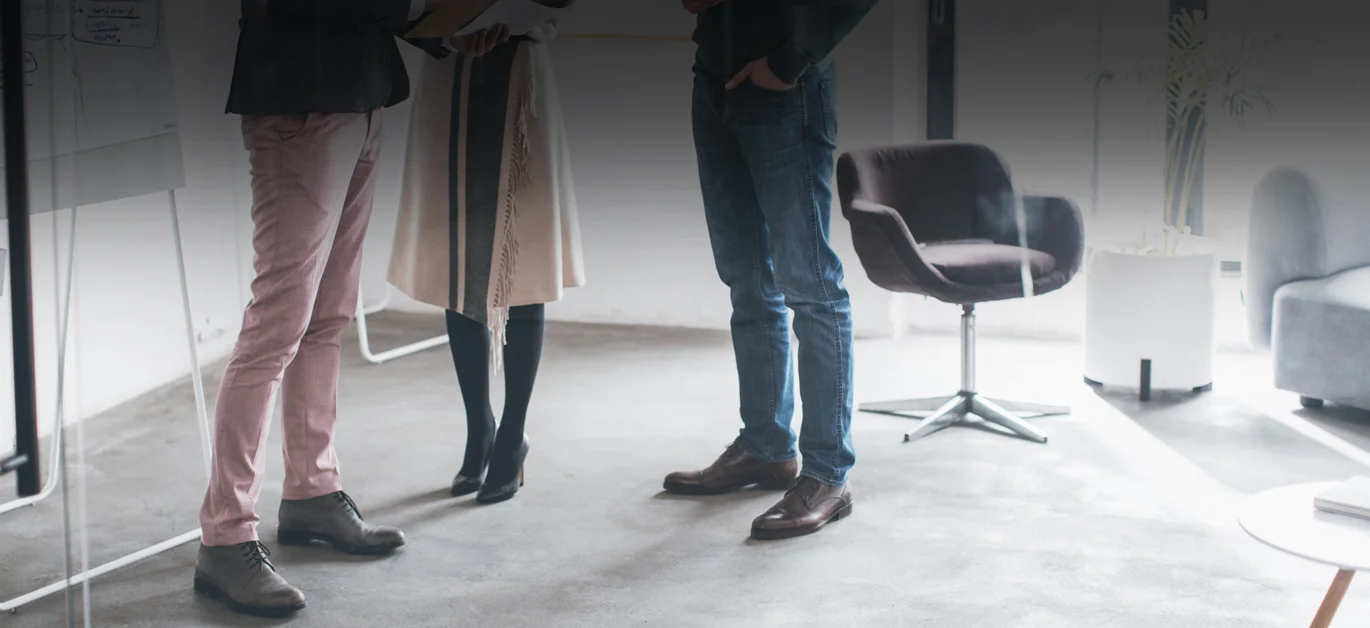
BLOG
3 Critical Ways Leaders Increase and Access Alignment
Why Access Alignment, you ask? Aside from a love of alliteration, and a penchant for un-sexy brand names, I chose this name because it felt big enough to encapsulate three of the most important things we do:
1. Leading Purposefully: access alignment with your values
We continually witness and I’ve personally experienced how powerful it is to align purpose with path. When leaders align their values with their everyday actions:
- Everything falls into place.
- There is flow.
- Work can be done with greater ease, fulfillment and enjoyment.
- It’s not so heavy, burdensome or tiring.
- Impact multiplies.
2. Leading Fully as a Whole Person: access alignment with all parts of yourself
We know about IQ. We’re increasingly familiar with EQ and how this is essential for leading well. Very few understand or utilize SQ. In fact, what the heck is SQ?
SQ = soma (body) quotient. This is not even standard nomenclature yet but you’ve likely heard others touch on this untapped super power. Amy Cuddy, PhD taught us Power Poses. Bessel Van Der Kolk, MD explains how The Body Keeps the Score. And I learned from a decade of training in ZenBodytherapy® that our physical alignment - how we sit, stand and move - dramatically impacts how we think and feel. So increasing alignment physically and tapping into the brilliance of your body is something particularly potent. When you attune to all parts of yourself - head, heart and body:
- You connect more deeply with yourself, with others and the world around you.
- You increase empathy.
- You increase your capacity to be inclusive with others.
- It’s easier to create psychological safety.
- You know how to increase your own sense of safety in a world mired with triggers and trauma.
- You open doors and opportunities for yourself and for others.
3. Leading with Impact and Leverage: access alignment with others
When you’ve increased alignment within yourself, gaining alignment with others is a much easier, organic process. It’s far easier to craft a vision and embody it such that others are naturally drawn to it.
When you’ve done the groundwork of #1 and 2 above:
- You’re naturally more curious, humble, open and able to make adjustments or corrections when needed.
- You gain traction and influence.
- Generating or accessing alignment in your teams and in groups is easier and even exhilarating.
- Teamwork, collaboration, innovation, efficiency, and productivity soars.
Begin Again
Photo by Luis Alfonso Orellana
I love this prompt. I first heard it from Claire Alexander at a 5 Rhythms Improv Dance class. As we moved to the music, and found ourselves repeating a pattern over and over we could just stop. And begin. Again.
In dance this process is visible and obvious. I feel the music. My body moves to the beat. Let’s say I’m making a circle with my right arm and a boom, tap with my foot. I might keep that pattern going for a while, as long as the music keeps playing that pattern. Maybe the shapes I make with my body will evolve into something else. Maybe the circle becomes a figure eight and the foot tap becomes a bigger knee bend foot stomp. Maybe I keep that going and it’s fun and feels good. Maybe I keep that going and am bored with it but don’t know what else to do.
Begin again, as a prompt gives me permission to just stop. To not have to have a pattern at all. Begin again means I don’t care if the music keeps going I can start again from scratch. I pause. I watch. I wonder: what new thing will emerge now?
How often do we keep doing something just because we forget that we can begin again?
Begin again is the invitation to stop being a hamster on a wheel.
It’s the antidote to going nowhere fast.
Sometimes we keep doing something because we think we should or we think we have to. Is that true?
What if you don’t have to scrap everything, you can just stop. Listen. Feel the rhythm and see what happens next.
The New Year is an obvious time to begin again. But I invite you to use this prompt to interrupt yourself at any time. In fact, you might want to remember this prompt a few weeks from now. Perhaps it’s a moment of self-doubt. Or perhaps you’re in the middle of a difficult conversation. What if you gave yourself (or someone else) permission to stop? Take a breath. And begin again.
How to begin again
At any time (particularly when you feel stuck or not in the flow)
Allow yourself to stop what you’re doing.
If it’s during a conversation, you might say, “Do you mind if we pause for a moment?” (they’ll likely appreciate this, particularly if you are butting heads or spinning your wheels)
Get really still. More still.
And listen.
Feel your breath move in and out.
Feel the rhythm, the beating of your heart.
What does the rhythm need now?
How does it move you?
As leaders it’s easy to fall into a pattern of reacting and responding to whatever comes our way, particularly in times of stress. Begin again cultivates the space to stop briefly and resume from a more conscious, deliberate place.


